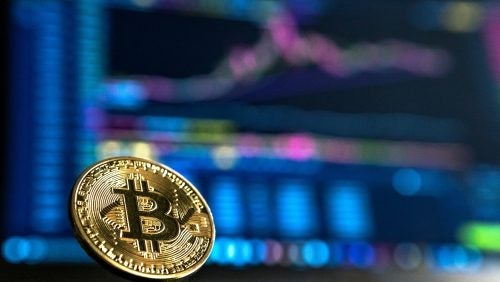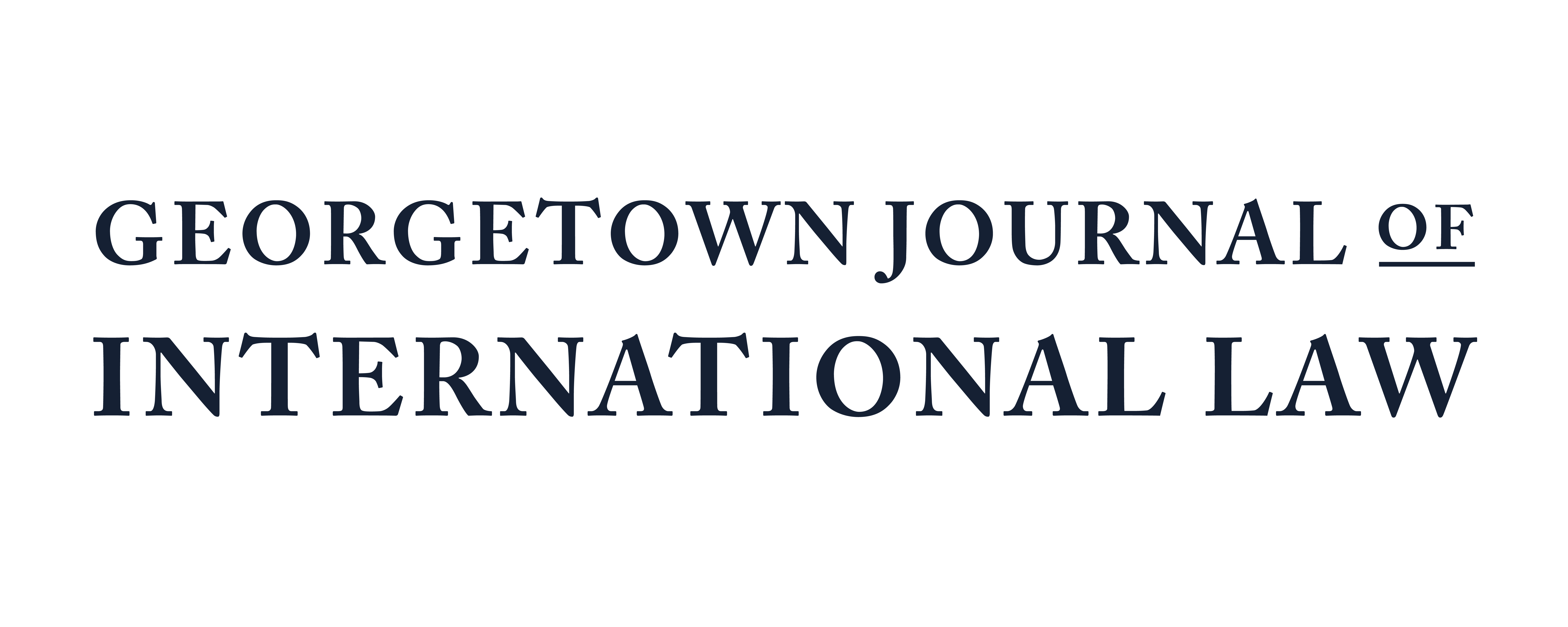Regulating Blockchain Through Soft Law: The UNIDROIT Digital Assets and Private Law Project
July 5, 2023 by Editor

André François McKenzie - Unsplash
By Matt Blaszczyk
Blockchain is among the disruptive technologies that were a catalyst for the Fourth Industrial Revolution. A type of shared, immutable digital ledger or database, blockchain emerged in the aftermath of the 2007–2008 financial crisis and spurred the development of digital assets such as the Bitcoin cryptocurrency that challenge, and to an extent replace, traditional cross-border payment systems. Both blockchains at large and digital assets in particular have raised a host of legal issues pertaining to their private law status and judicial enforcement. Recognizing that blockchains and digital assets are by nature transnational technologies that pose transnational legal problems escaping state-level confines, scholars such as Marek Dubovec have argued that “[h]armonization of standards at an international level is inherent to the nature and uses of digital assets.” This has led the International Institute for the Unification of Private Law (UNIDROIT) to develop Principles and Commentary on Digital Assets and Private Law to serve as guidelines and best practices, allowing states to harmonize their private law treatment of digital assets. This includes the foundational question of proprietary status, but also transfer, custody, in addition to the use as collateral, and the questions of security rights and private international law.
This is an important and ambitious development, reducing legal uncertainty and providing predictability through soft law, while at the same time accommodating a variety of legal traditions and local law. Following many successes of UNIDROIT in harmonizing international commercial law, this approach is especially useful in regard to digital assets, which are a new, diverse and developing category, posing challenges in many areas of private law, which have developed differently across jurisdictions. Thus, where a one-size-fits-all approach would be impossible, the non-binding legal principles allow national legislatures and courts to approach the novel questions of law and technology in accordance with best practice and emerging international standards. Finally, these Principles not only provide guidance to legislators and national courts but also can be relied on by arbitrators, practitioners, and market participants. In this way, they are a source of non-state transnational law, not unlike lex mercatoria, which is especially attractive to the users of blockchain technology, which is famously averse to the law of the nation states.
Proprietary Rights
UNIDROIT’s Principle 2 defines digital assets broadly in a technology-neutral way as electronic records capable of being subject to control, thus covering a variety of digital assets beyond just crypto assets. Under Principles 1, 3, and 6, such digital assets can be the subject of proprietary rights. This posture reconciles various approaches across different jurisdictions while delegating a host of regulatory questions such as the asset’s specific classification (e.g., as property, good, or a thing), consumer protection, and intellectual property to domestic jurisdictions under Principle 3. Similarly, Principles 10 through 13 employ the concept of control to define ownership, transfer, and custody, which help circumvent difficulties intrinsic to the notion of possession of immaterial objects. This approach has influenced the U.K. Law Commission’s proposal for private property law reform in connection with digital assets and the recently introduced amendments to the Uniform Commercial Code (UCC), drafted jointly by the American Law Institute and the Uniform Law Commission, which use the analogous concept of controllable electronic records.
Choice of Law
Principle 5 provides great party autonomy in the choice of law as it recognizes that “the usual connecting factors for choice-of-law rules…have no useful role to play in the context” of digital assets which “are intangibles that have no physical situs.” Principle 5 provides for the possibility that the digital asset itself, or the system or platform on which the asset is recorded, controls the choice of law. If the governing law is not expressly chosen, which in practice is more often than not the case, a state can opt between exclusively adopting the UNIDROIT Principles or applying domestic law pertinent to digital assets while filling any gaps with the Principles. The Hague Conference on Private International Law and UNIDROIT are contemplating a further project to develop guidelines to address conflict of laws.
Security Rights
In addition to providing detailed guidance on digital assets custody, Principles 14 through 16 establish that digital assets can be the subject of security rights, making them effective against third parties in certain instances. These Principles provide much-needed legal certainty, especially in the context of decentralized finance. In this way, they build on the UNIDROIT Convention on Substantive Rules for Intermediated Securities and the UNIDROIT Legislative Guide on Intermediated Securities, while their effective enforcement is left to domestic law and further explored in the UNIDROIT Project on Best Practices for Effective Enforcement. Finally, Principle 19 allows a person with a proprietary right in a digital asset to assert that right against a third party in an insolvency proceeding if that right has been made effective against third parties.
Conclusion
To conclude, the UNIDROIT Principles and Commentary on Digital Assets and Private Law attempt to harmonize private law fundamentals regarding digital assets across jurisdictions. Adopted in May 2023, those Principles will serve as a guide for legislators, judges, arbitrators, and parties in handling digital asset transactions, while promoting legal certainty and predictability in domestic and cross-border transactions.
The Principles were prepared by an international group of experts chaired by Professor Hideki Kanda in collaboration with several international, regional, and private organizations, industry associations, and observers. Importantly, as UNIDROIT’s Secretary-General Professor Ignacio Tirado and Senior Legal Officer Carlo Di Nicola wrote, the Principles “take a functional approach to legal concepts, neutral as to legal culture,” so that they can be “applied and reflected in any given legal system or culture.” Indeed, they have already been explicitly referenced in the U.K.’s private property law reform proposal and have influenced the UCC reform. Along with the European Law Institute’s Principles on the Use of Digital Assets as Security, the Principles extend the harmonization through a model law approach, which both the UNIDROIT, the Hague Conference on Private International Law, and United Nations Commission on International Trade Law (UNCITRAL), have long successfully applied to the digital assets space. They are an important development, as they provide guidance and best practices which harmonize the legal nature, transfer, and use of digital assets across nation states. This is crucial to the success of the blockchain technology and the commercial adoption of digital assets because they can be relied on by arbitrators and the parties to disputes, providing an alternative to the law of the nation states in international arbitration. In this way, they may repeat the success of the UNIDROIT Principles of International Commercial Contracts, codifying a new law merchant for international digital assets transactions, potentially serving parties better than domestic legal rules. This dual nature of soft law instruments is especially apt in the context of blockchain-based digital assets, providing for an exciting prospect of transnational legal developments.
Matt Blaszczyk is an LL.M. Advisor for the Georgetown Journal of International Law, a visiting editor at the University of Bologna Law Review, and a graduate of Law with Transnational Legal Studies (LL.B.), King’s College London. Last summer, he was a legal intern at UNIDROIT, working on the Digital Assets and Private Law Project. He researches the intersections of law and technology and tweets @mmblaszczyk.

